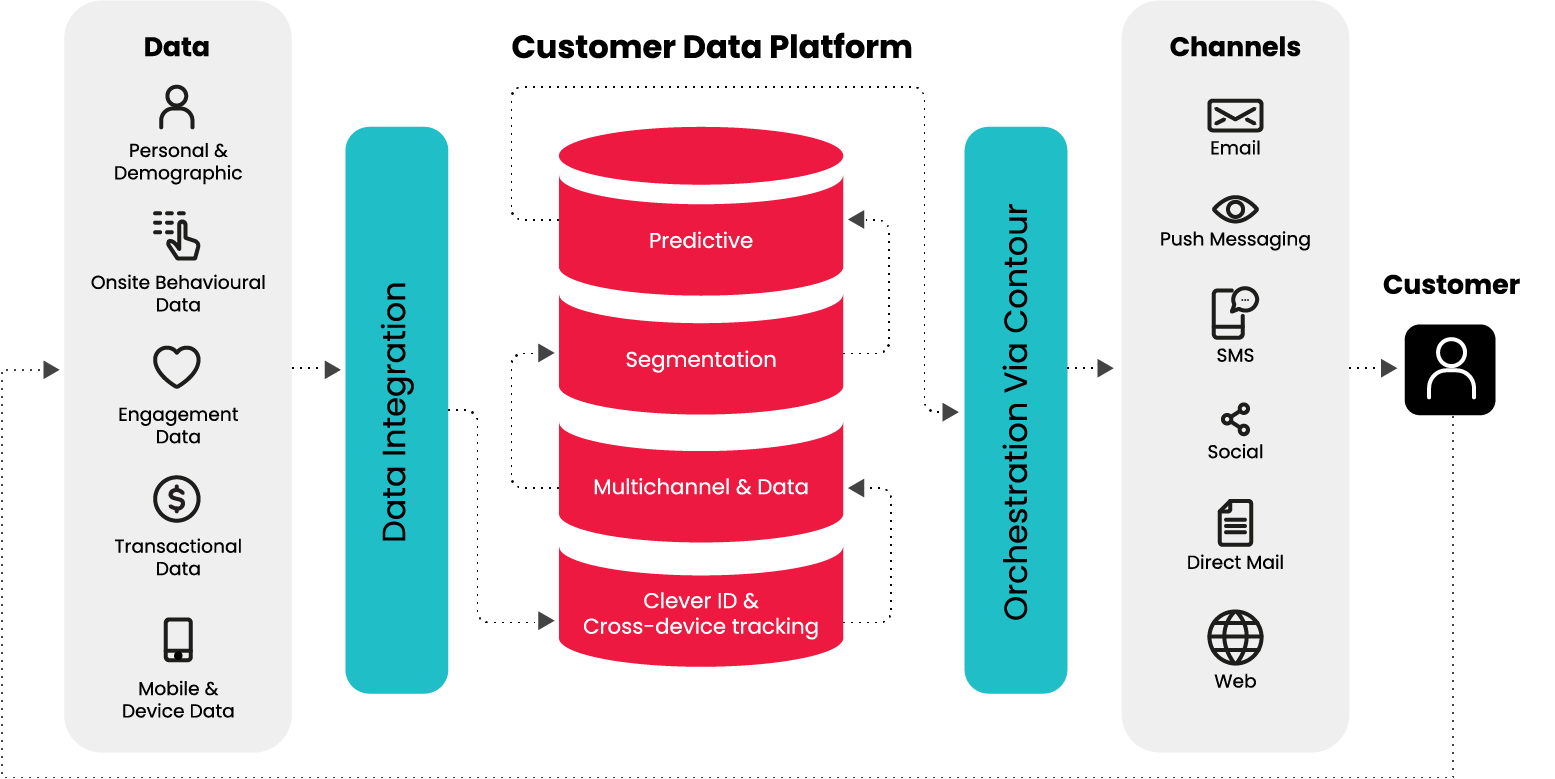Growing your business in the 21st century can be difficult. First, you must provide a consistent, unique solution to your customers’ problems that is different from and better than your competitors’. This highlights the importance of branding in ensuring that customers remember the unique experience your company provides. Second, you must ensure that the customers remember the unique experience your company provides.
But don’t worry! We have an ancient strategy for you that can help you accomplish both targets in one go: Branding.
Today, branding is essential for both attracting investors and retaining customers.
People often mistake the role of branding with that of marketing and designing memorable logos. Both are undoubtedly part of the branding process, but branding goes beyond that!
So, what is the relevance of branding in today’s market?
- What benefits can branding help you achieve?
- How can you build a brand for your business?
In this blog, we’ll tell you all about the importance of branding. We’ll also tell you how you can build an effective brand for your company.
Ready to brand? Let’s get started!
What is Branding? How is it Different from Marketing?
Budding entrepreneurs and even some seasoned executives mistake the significance of marketing for the importance of branding.
So, isn’t your company’s logo enough to establish your brand? Can’t the services your company provides speak for themselves?
Well, it’s not that simple.
Branding is the process of creating a unique and differentiated identity for your company and its product.
The role of branding is to communicate without speaking: it provides identifiers (such as a logo, your brand’s colors or a catchphrase) that remind prospects and customers of your products and services. For instance:
- Every time you hear the phrase “Just Do It” or see a “Swoosh,” you know you’re about to encounter an effective sporting product.
- Whenever you see an Apply logo on a device, you know you’re about to get a smooth viewing, listening or computing.
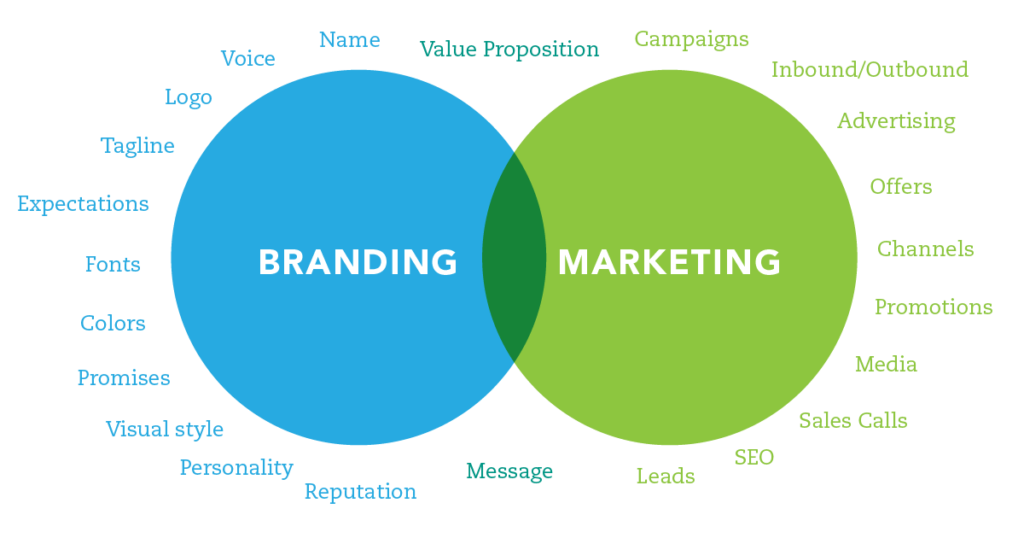
So, are these outcomes of branding or marketing?
While marketing and branding intersect in several places, branding is the overarching process of which marketing is a small part.
For instance, for product-centric companies, packaging is important to both branding and marketing.
However, the main objective of branding is to build and retain the customers’ trust.
- Marketing is how companies pitch their solutions to their customer’s pain points.
- Branding is the process through which enterprises build a unique identity in the psyches of their users.
So, what is the role of branding in today’s market?
The Importance of Branding
The relevance of branding is evident from its benefits. It helps your company create and deliver a unique problem-solving experience. Let’s examine some of the most prominent benefits of branding:
1. Unique, Consistent Experience
What distinguishes a company from a brand? While a company builds and offers products and services, a brand delivers unique, consistent experiences.
When customers use a brand’s services or search its products, they know what to expect. For instance, Nike may make better running shoes, whereas Adidas makes better training gear.
However, customers will usually always buy both products from one brand. Why? Because they know what to expect from their preferred brands.
Thus, branding helps build trust in your company’s uniqueness and creates a standard for your employees to strive for.
2. Differentiation and Recognition
Why do people keep upgrading to the latest iPhones? Why don’t customers switch from Nike to Adidas when buying the next pair of shoes? Why doesn’t Starbucks need to aggressively market each new location it opens?
Because their brand does the job for these companies.
It helps customers differentiate their products from their competitors’. It also helps them recognize the company’s new products, services or locations without the company reaching out to each customer individually.
3. Customer Retention
How can you ensure your customers keep returning for your products or services in a world of intense competition?
Several surveys show the importance of branding in retaining customers.
Their loyalty is dependent on factors like the brands’:
- Consistent prices,
- Authentic products and services,
- Transparency in solving problems.
However, the role of branding is central to these processes. Branding influences all product policies, service terms, pricing and enterprise approaches.
Thus, branding is the first step to building and communicating why customers should return to your company for its products and services.
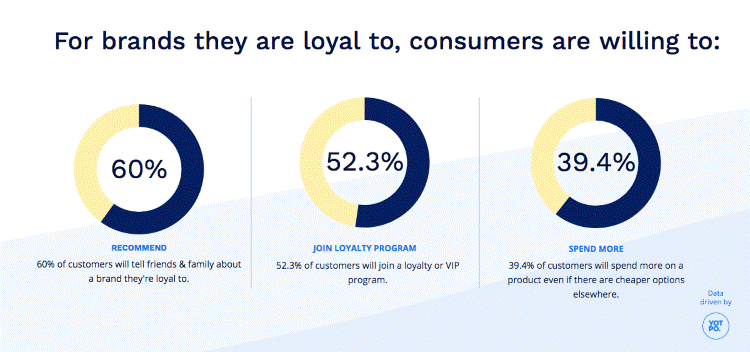
4. Brand Advocacy
Brand advocacy is one of the strongest forms of organic marketing. A brand advocate is a customer who has complete faith in a company and its offering, so much so that they recommend it to their friends, family and loved ones.
And a brand is a prerequisite to creating a brand advocate. When you have a brand, you have a template of consistent customer experiences. And those consistent experiences lead to:
- Customers getting acquainted with your products and services,
- Learning what to expect from your company,
- Experiencing the power and strengths of your brand,
- And ultimately, recommending branded experiences to people around them.
So, when you see a University student recommending an Apple laptop to their friends, you’re witnessing the power of branding!
Now that we’ve understood the importance of branding in today’s market, let’s take a look at the various types of branding you can use to transform your company.
Types of Branding
While branding is an enterprise-wide process, it can also revolve around specific aspects of your business process. Here are some of the most popular modes of branding:
1. Product Branding
Product branding revolves around specific products of a company.
For instance, Nike’s website has sections dedicated to specific sports and gear for each sport.
Thus, Nike is a perfect example of the importance of branding. It is a company built upon robust, long-lasting, and high-performance sports gear under different, well-defined brands of products.
2. Personal Branding
Personal branding focuses on a person’s strengths and strengths.
Oprah is the perfect example of a brand built around a person. When Oprah speaks, everyone listens.
Similarly, when she advocates for a product or service, people are likely to give it a shot!

3. Corporate Branding
Corporate branding captures the essence of the branding process.
It is built around a company’s vision. It strives to create and deliver a set of experiences to its employees.
Apple is an example of a corporate brand. Whether it sells the latest iPhone or a new service like Apple TV, people expect the same hyper-personal, smooth experience.
4. Retail Branding
Retail branding is a relatively new process. It is a form of expansion as well as brand creation.
It involves creating a brand identity based on accessibility to retail products from different brands. Once the brand becomes popular, it can then move into producing or manufacturing popular products.
Giant and Amazon are two examples of retail branding. Whether it is Giant’s dairy products and meat cuts or Amazon’s consumer electronics and sanitary products, the brand was built on a retail business that moved into production.
Retail branding is a classic example of the importance of branding in today’s market: people who trusted Giant to bring them their groceries now trust it to manufacture them.
5. Geographical Branding
Geographical branding revolves around a geographical location.
The most obvious examples of geographical brands are sports teams.
For instance, today, NBA franchises market more than just basketball. They’ve become community members embedded within specific cities, telling their stories.
6. Service Branding
Like and unlike product branding, service branding is based on a robust, end-to-end service.
For instance, Slack provides fully integrated intra-business communication for big and small companies.
Uber is another example of a service brand synonymous with the entire segment.
7. Co-Branding
Co-branding is when two brands combine to synchronize their offerings and build synergy.
All sports team shirt sponsors fall into this category of branding.
The partnership between RedBull and Go-Pro is a great example of co-branding. It combines the thrill of extreme sports with the convenience of recording, broadcasting and reliving the thrill as if the audience were participating in it themselves.

8. Ingredient Branding
Not all companies create end-user products or services.
Some, like Accenture, provide the building blocks on which other brands operate. Others, like OS builders, provide ingredients that power devices or products.
Thus, Intel, Snapdragon OS, Accenture and others are examples of Ingredient Brands. When you know your laptop has an ” Intel Inside” chip, you can expect a smooth experience.
Create an Effective Brand in Five Simple Steps:
Before we outline the steps you can undertake for robust brand-building, we must understand the role of products and services in branding.
It is possible to have really strong products or smooth services without having a brand. So, while branding is a prerequisite to sustainable expansion, products and services are still at the heart of your services.
With that out of the way, let’s understand how you can create your own brand to carve out a competitive advantage in your industry.
- Step One: Identify the Target Audience
First, identify who you want to create your brand for. A company may have multiple brands under its umbrella, each catering to different segments.
For instance, Nike has different brands catering to different sports and activities: running, soccer, basketball and more!
Here’s what to keep in mind while building a brand audience:
- Demographics
- Age of the customers,
- Location of the customers,
- Income group of the customers.
- Firmographics
- The industry profile of your customers,
- The regional requirements of your users,
- The size of a B2B target market.
- Psychographics
- The values that the users prioritize,
- The customers’ hobbies,
- The users’ lifestyle.
Depending on your company’s product or service offerings, different factors will matter more or less when building your brand.
For instance, a SaaS company must prioritize the firmographics, whereas a sports company must focus on the psychographics and demographics.
However, a brand is built around its customers. So, identifying the target audience is crucial.
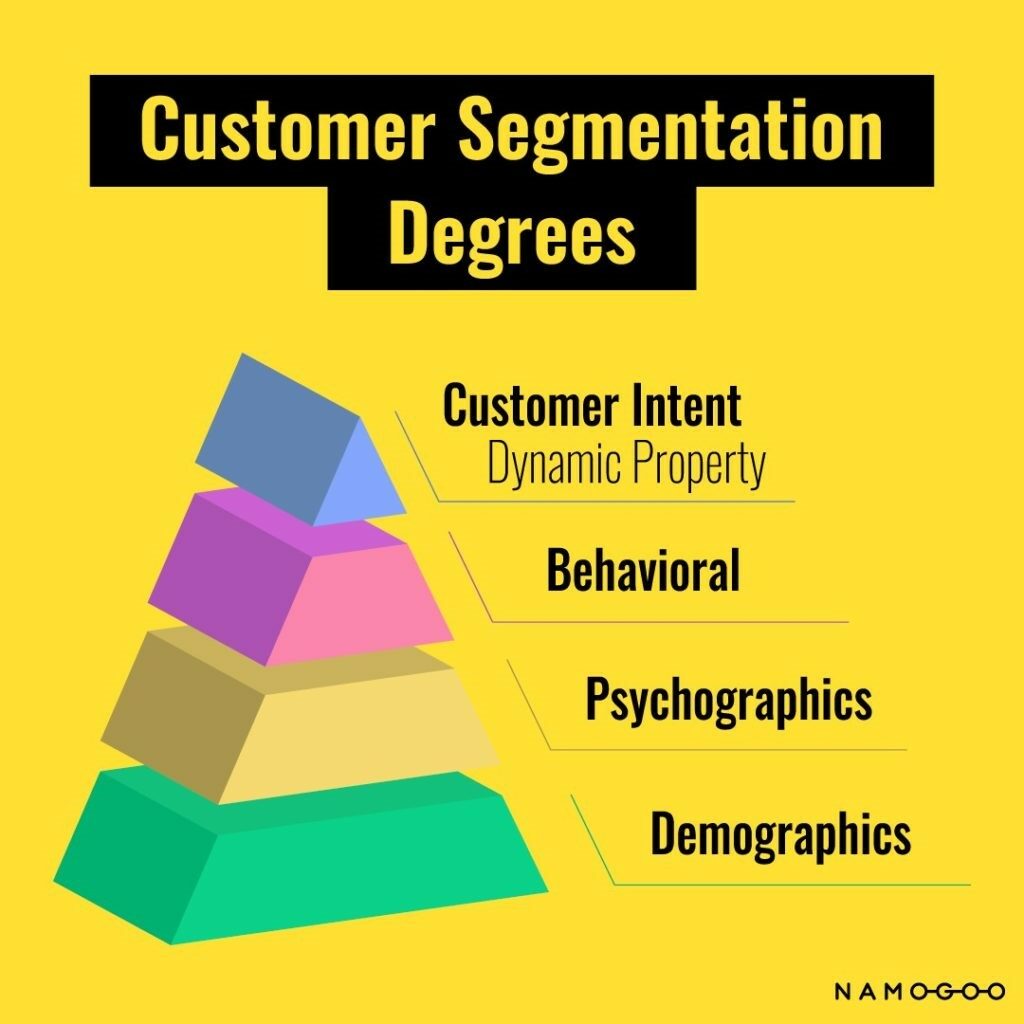
- Step Two: Define the Basis of Your Brand
After identifying the target audience, imagine ways of bridging the gap between your products/services and the target audience.
Answering the following questions will help you sharpen the identity of your brand:
- What drives your company?
- What vision drives the creation or production of your products and services?
- What pain points do your products and services empathize with?
- What values do you prioritize while crafting your products and services?
As we have mentioned, customers especially value authenticity, transparency and pricing while building a connection with a brand. Keep that in mind while defining the basis of your branding strategy or campaign.
- Step Three: Select Your Branding Tactics
A branding strategy is an aggregation of several branding tactics. For instance, your brand can be built on a product, a service, a synergy, a region or a vision.
Corresponding to each branding type are branding tactics, for instance:
- Offering authentic products at effective prices (like Giant),
- Building new products that customers don’t know they need (like Apple),
- Catering to a specific need in all geographical regions (like Starbucks),
- Building synergy with celebrity-centric products (like Nike and Jordan),
- Using packaging to boost brand awareness and recognition (like Amazon).
These are just a few tactics you can use to build your brand. Moreover, you can use either one or several tactics for a specific branding campaign.
Your tactics should depend on why you’re building your brand and who you’re it for.
- Step Four: Craft the Tools for Your Brand
Next, it’s time to craft the tools you’ll use to fight for your rightful place in your industry or segment. These include:
- A powerful logo that captures the essence of your company and its offers (for instance, Nike’s Swoosh, Apple’s Apple or Adidas’ three stripes),
- A signature brand of color that people can associate with your brand (for example, the red of Ferrari, the green and black of Spotify, or the four-pallet color of Microsoft),
- A catchphrase that will remind the audience of your brand (for instance, EA Sports’ “It’s In the Game” or Nike’s “Just Do It”),
- A set of fonts that conveys your brand’s presence even without any other indicator (like Apple’s San Francisco or Airbnb’s Cereal),
- A signature packaging technique that carries the promise of your product and its utilities (like Amazon, Tiffany’s or Apple).
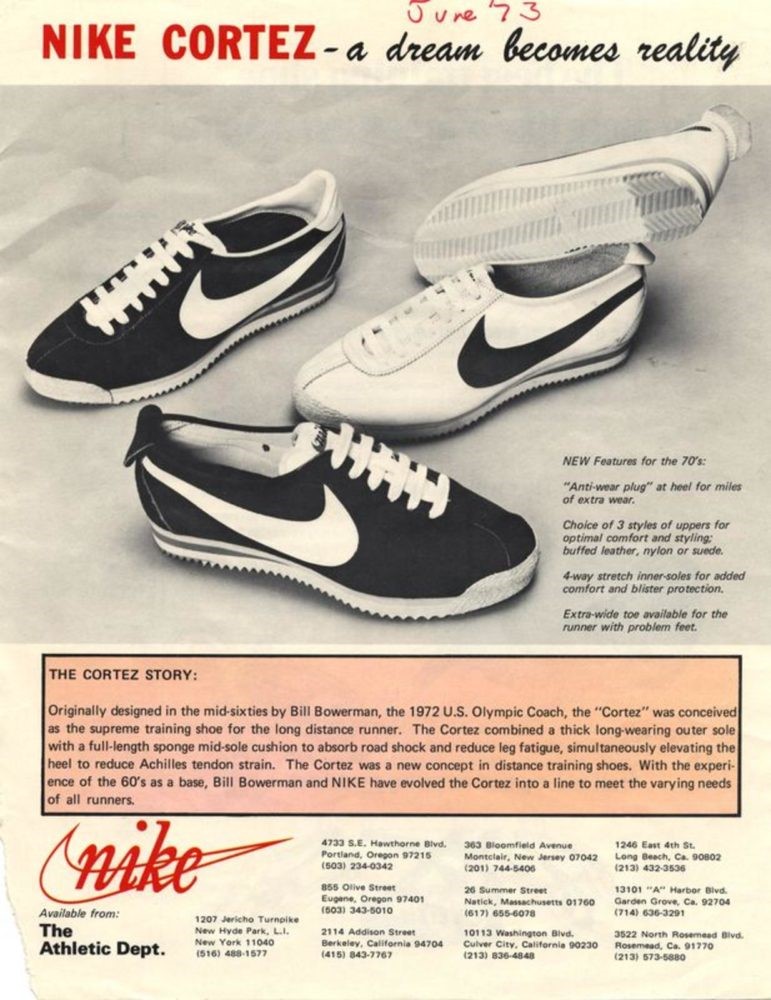
These are some of the tools that can propel your company into a well-known brand. Sometimes, your products and services can become branding tools themselves.
For instance, Adidas’ world cup soccer balls or Apple’s iPhones are important tools that the companies use to empower their brands. And that brand then sells other products and services by leveraging the soccer ball and the iPhone.
- Step Five: Iterate with Time
Brands that stand still eventually decay and die.
Take the example of Ford’s F-150. Every other year, the F-150 is relaunched with different utilities. The latest iteration includes electricity-powered hybrid beasts.
Similarly, Apple’s iPhone continues to lead the world in introducing smartphone users to new features and technological innovations.
Another example is Amazon, which started as a global bookstore and is now a global e-commerce giant.
So, as your brand grows, it will give you more opportunities to expand your business into different dimensions, markets and segments.
Begin Your Branding Journey…with Lean Summits!
In today’s world, your brand must compete with existing brands as well as a host of new, upcoming brands in your segment or industry.
The challenge may be daunting, but only if you don’t have the right partners to stand by you and guide you in building your brand.
That’s where we come in!
At Lean Summits, we specialize in helping you build a robust brand around your products and services.
From understanding your company’s target audience to crafting your branding tools, we will be with you every step of the way.
Connect with us for a free brand-building consultation or learn more about our services.
Together, let’s propel your brand to the summit of your industry and beyond!



